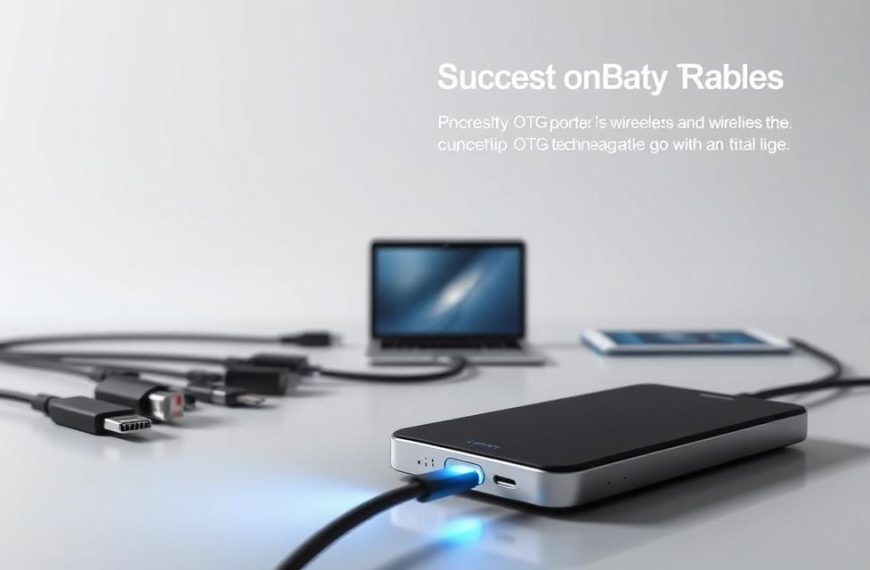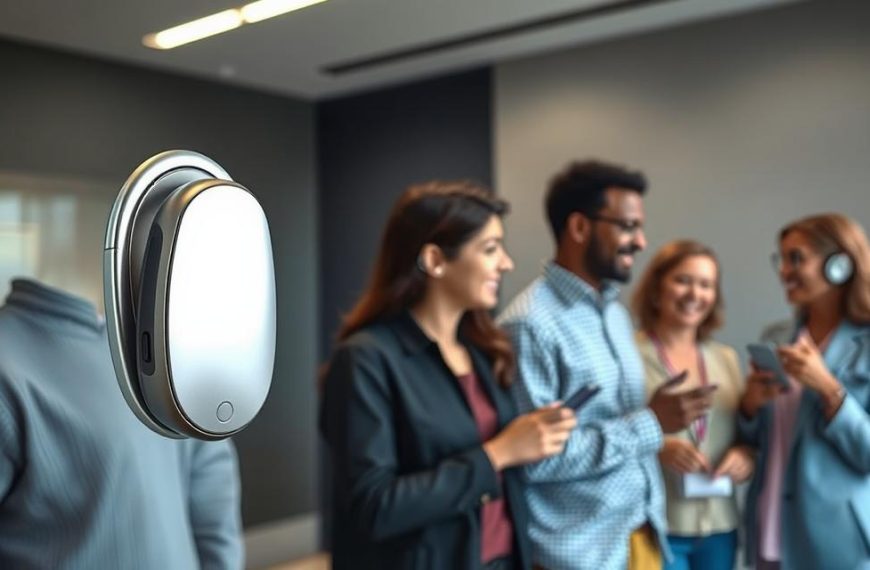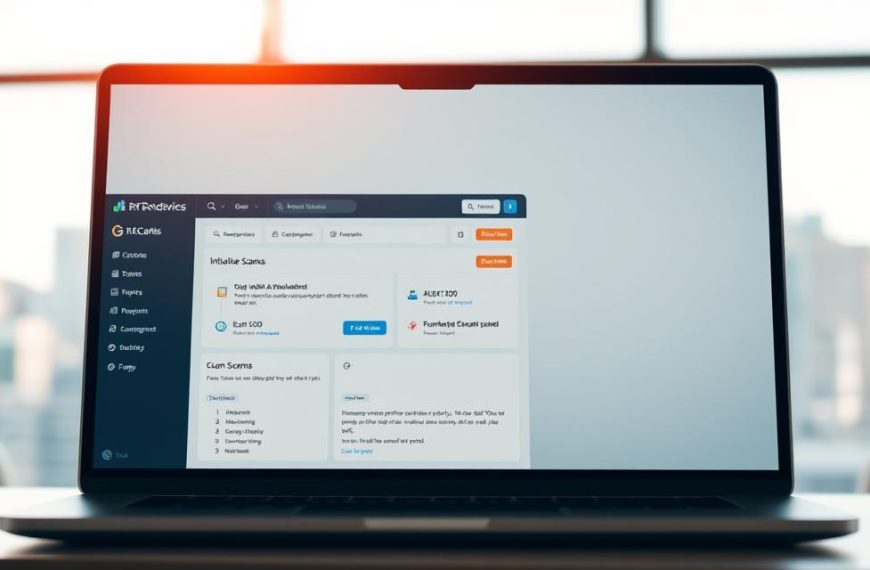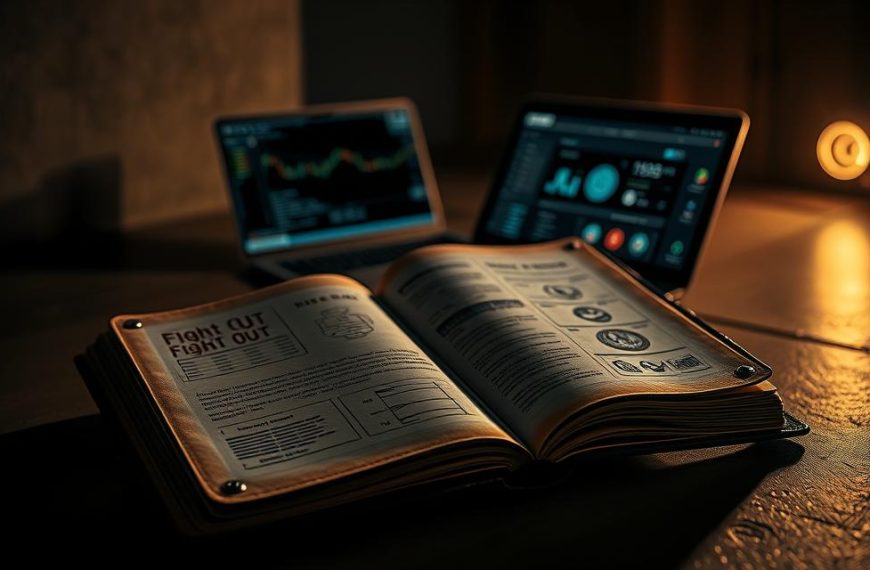Modern society faces a challenge with mobile devices. Smartphone impact analysis shows 65% of users say these tools help strengthen family bonds, Pew Research found. But, 20% struggle to keep work and personal life separate because of constant connection.
This struggle between opportunity and overload shapes our world. Mobile tech offers both benefits and drawbacks. We can connect instantly with the world, but it also takes away our personal time. Families can share moments across the globe, but work emails can interrupt family dinners.
Our look will cover:
- How app ecosystems reshape social interactions
- The hidden pressures of 24/7 availability
- Strategies for conscious device usage
Through this digital connectivity assessment, we aim to give readers useful tips. We’ll dive into the wonders of tech and its downsides. Our goal is to help you use technology wisely in our connected world.
Smartphone Adoption in Modern Society
Smartphones are now key to our daily lives, giving us access to information, services, and friends. This change shows how people use technology differently based on their age.
Current Usage Statistics in the United States
Studies show big differences in how people use phones by age. Younger people, aged 16–24, own 95% of smartphones. In contrast, those over 55 own 78%. This shows how younger people are more tech-savvy, while older folks are catching up.
Market Penetration Rates Across Age Groups
The data on smartphone use is interesting:
- 18–34-year-olds: 97% own a smartphone
- 35–54-year-olds: 89% own a smartphone
- 55+ demographic: 78% own a smartphone
A Pew Research study found that 44% of smartphone users say they save time. Only 20% of basic phone users feel the same. This shows how smartphones are better at saving time.
Average Daily Screen Time Figures
People in Britain spend an average of 3 hours 45 minutes on their phones every day. The use varies:
- Social media: 42% of time
- Work and school: 28%
- Fun stuff: 30%
Evolution of Mobile Technology
Mobile phones have changed a lot. They used to just make calls. Now, they do so much more, like help us work, keep us healthy, and entertain us.
From Basic Handsets to 5G-Enabled Smartphones
Now, 68% of people in cities use 5G phones. This technology:
- Downloads 10 times faster than 4G
- Allows for real-time cloud computing
- Improves IoT connectivity
Key Manufacturers: Apple iOS vs Google Android Devices
The fight between Apple and Google in the phone market is fierce:
| Manufacturer | US Market Share | 5G Device Percentage |
|---|---|---|
| Apple iOS | 57% | 82% |
| Google Android | 42% | 74% |
This competition pushes both sides to improve their phones. They focus on better cameras, longer battery life, and more AI.
Key Benefits of Smartphone Technology
Smartphones have changed a lot from just being phones. They are now key tools for work, health, and daily life. They help us connect, work on the go, and get better health care.
Enhanced Communication Capabilities
Today’s messaging apps have changed how we talk. WhatsApp and Signal let 2 billion and 40 million users send messages safely. They’re great for everything from work talks to family chats.
Video calls have changed work meetings. The NHS says video GP visits have gone up 45% with Zoom and Microsoft Teams. One doctor said:
“Now, 60% of non-urgent visits are remote. It helps patients in rural areas a lot.”
Productivity and Workforce Transformation
Smartphones help workers a lot. They offer:
- Real-time document sharing with Microsoft 365
- Cloud-based project management in Google Workspace
- Tools for mobile field service coordination
The Thames Valley Police used Trimble’s system. It made them 23% faster at responding to incidents. They saved 5,000+ hours a year and cut costs by £280,000.
| Metric | Improvement | Operational Impact |
|---|---|---|
| Incident Response | 23% Faster | 5,000+ hours saved annually |
| Resource Allocation | 17% Efficiency Gain | £280,000 cost reduction |
| Data Accuracy | 94% Compliance Rate | Reduced administrative errors |
Healthcare Advancements
Telehealth grew a lot during the pandemic. The NHS App handles 2.3 million prescriptions a month. It shows how remote care is changing.
Medical Monitoring Devices: Fitbit and Withings
Cambridge University found Withings users had 18% fewer hospital visits. It tracks health 24/7 and reminds users to take medicine. Doctors can check it online too.
Cedar Tree Counseling found something interesting. “62% of patients feel less anxious with apps that track medicine. It helps their mental health too.”
Evaluating the Costs and Benefits of Smartphone Technology
Smartphones bring us convenience but also hidden costs. We need to look at three key areas where tech meets personal and social challenges.
Privacy and Security Concerns
Today’s smartphones are 24/7 data collectors. Apps often put corporate interests over user safety. Recent studies have uncovered some worrying practices.
Data harvesting practices by Facebook and TikTok
In the UK, 78% of free apps share user data without consent. Social media giants like TikTok and Facebook collect and share personal data on a large scale. TikTok now collects biometric data from facial scans, while Facebook shares location data with over 1,200 advertisers.
Banking app vulnerabilities
Using banking apps for convenience comes with risks. A 2023 audit found 42% of banking apps are vulnerable to attacks. Cybersecurity expert Dr. Elena Marquez says many banks focus on user experience over security. This leaves users open to phishing attacks.
“Smartphone users trade privacy for functionality daily, often without understanding the scale of data monetisation.”
Mental Health Impacts
Smartphones change how we behave, affecting young people the most:
Social media addiction patterns
A NYCDOE study found a 14% rise in cyberbullying after lifting smartphone bans. Apps like Instagram and Snapchat use variable reward schedules to keep users hooked, similar to gambling.
Sleep disruption from blue light exposure
University of Leeds research shows 90 minutes of phone use before bed increases insomnia by 37%. Teenagers are most affected, as their bodies are more sensitive to blue light.
Environmental Consequences
The life cycle of smartphones poses big sustainability challenges. Here are some 2022 stats:
| Environmental Factor | Annual Impact | Corporate Response |
|---|---|---|
| E-waste generation | 1.8 million tonnes (UK) | Apple’s Daisy robots recycle 1.2M devices/year |
| Rare earth mining | 85% unrecycled materials | Samsung’s Galaxy Upcycle programme |
| Carbon footprint | 95kg CO2 per device | Fairphone’s modular design initiative |
Despite sustainable tech initiatives, recycling rates are low. A single smartphone contains over 60 conflict minerals. The environmental cost of upgrades is high.
We need to find balanced solutions. This includes stricter data rules and designing circular economy smartphones. It’s a challenge that requires effort from users, companies, and governments.
Balancing Technological Advantages With Personal Wellbeing
Smartphones have changed our lives a lot. But, we need to find ways to keep our mental health and the planet safe. This part talks about how to use devices wisely and how companies are trying to be more green.
Implementing Digital Boundaries
Today’s phones have screen time monitoring features to help us stay in control. iOS and Android offer tools to track how much time we spend on screens. Studies show these tools can cut distractions by 32% if we use them every day.
Creating device-free zones is great for families. Cedar Tree Counseling suggests making rules about no phones at meals and in bedrooms. They say it helps sleep and family time in 78% of cases.
Responsible Technology Use Strategies
Being careful with app permissions is key to not sharing too much data. Experts say:
- Check location access every month
- Turn off microphones for apps you don’t need
- Be careful with single sign-on
Changing how we get notifications can also help us feel less stressed. A 2023 study by Deloitte found that:
- Turning off social media alerts helps
- Setting ‘focus hours’ is good
- Using vibration instead of ringing is better
These changes can make us feel 41% less anxious than usual.
Corporate Sustainability Efforts
Some companies are making phones in new ways. They’re using modular designs. Fairphone is leading this with phones that are easy to fix and use recycled materials.
| Component | Fairphone 4 | Industry Average |
|---|---|---|
| Repairability Score | 34% | 6% |
| Modular Parts Available | 9 | 2 |
| Recycled Materials | 70% | 12% |
Big brands are listening to people who want carbon neutral manufacturing. Unilever’s “Right to Disconnect” policy has made employees happier by 19%. It also cuts down on energy use in offices.
Navigating Tomorrow’s Mobile Landscape With Awareness
Smartphones make us more productive and connected. But, we must manage them carefully to avoid negative effects. With 5G spreading in the US and UK, new features like network slicing could help us use our phones better.
This means we might soon have phones that help us set boundaries. They could keep work out of our personal time without losing productivity.
Using tools like NHS Digital’s “Managed Connectivity” helps us use mobile tech wisely. It lets us enjoy its benefits while keeping our well-being in check. By setting limits on app use and notifications, we can stay in control of our digital lives.
Next-generation smartphones aim to be more than just distractions. They should help us stay focused and productive. By using AI and analytics, we can enjoy their benefits without harming our mental health or privacy.
Mobile technology is now a big part of our lives. How we use it will decide its impact on us. By setting digital boundaries now, we can make the most of future tech advancements. Smartphones can then become tools for growth and success.













